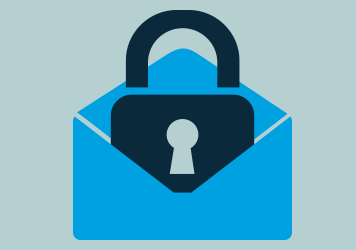5 Layers of E-Mail Security that You NEED to Know (Part 2 of 2)

E-mail security is a set of certain methods and strategies to ensure that you don’t get tricked into any sort of e-mail fraud.
So far, in 2018:
Amount of Money lost to e-mail scams: $64,597,734
Number of reported e-mail scams: 75,384
Top Scam by amount lost: Investment Scams
Top Scams by Report: Phishing & Identity Theft
Top Delivery Method: E-Mail
Top Age Group: 45 to 65 years old
- Password Security – The more complex a password is, the more secure you are. Usage of a combination of uppercase, lowercase, and other symbols is the best practice.
- Malicious E-Mails – 1st line of defense is to verify the e-mail address and the URL of the website of the sender. If you notice a mistake of even a single character, it is surly a scammer trying to access your information.
- Too good to be true – No one in the world is kind enough to give you a million dollars without a reason. Always remember, if it is too good to be true, it probably is.
- Use Multiple E-mails – Minimize the impact of spam by setting up and using a separate e-mail address for online shopping, competitions, discount offers, etc. Let all this unwanted email go into a separate email box.
- Log out – If using a shared environment computer, like at a library, or your aunt’s house – remember to sign out of all e-mail accounts and sites that you sign into. There is nothing worse than leaving a public computer (public could mean 1 other person who uses the computer) logged into your e-mail account because you forgot….
You can find the first 5 points of this article in the first series of this post by clicking here:
We have a e-mail security e-book, filled with 13 pages of insight designed to help you understand and learn about e-mail security. If you need help securing your corporate e-mail systems, or are looking for ways to help train your staff to recognize and avoid e-mail scams, this guide is for you! You can download our e-book on e-mail security here.

